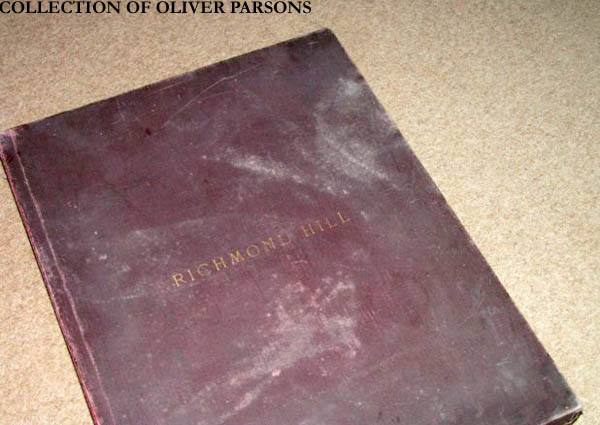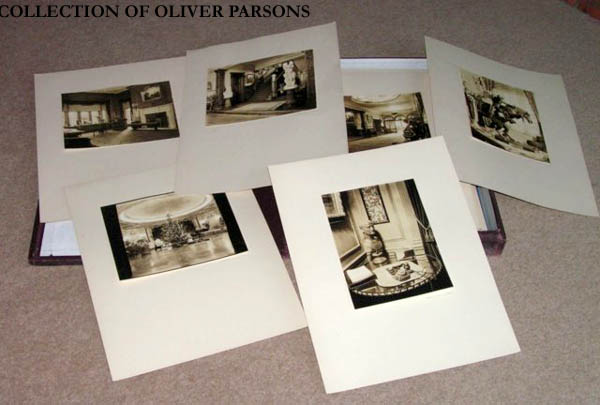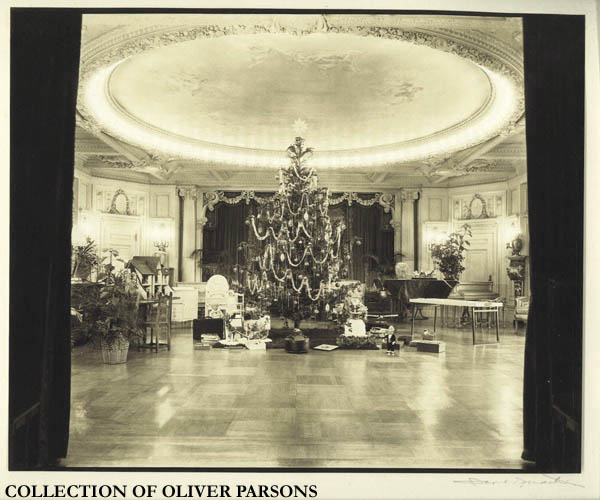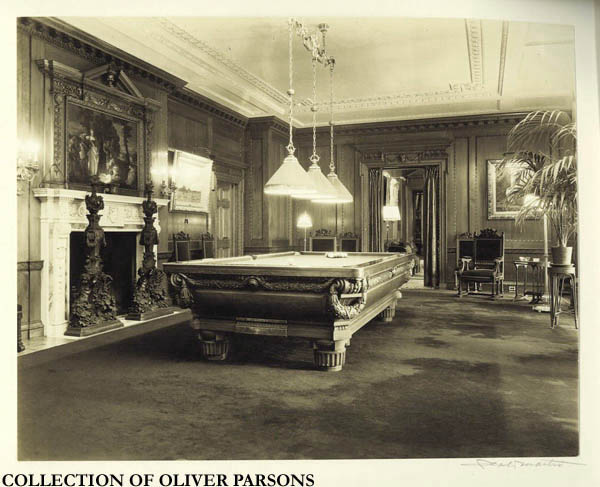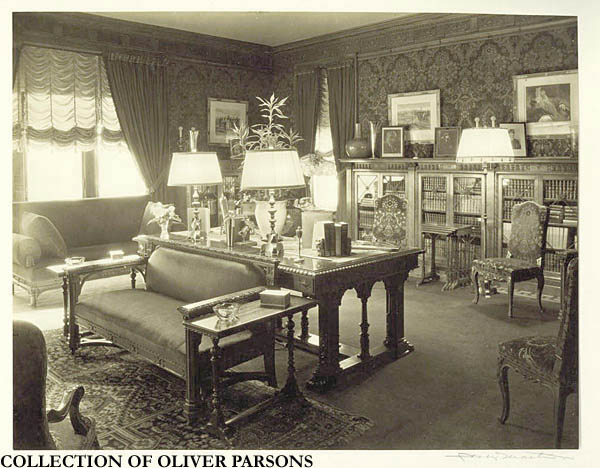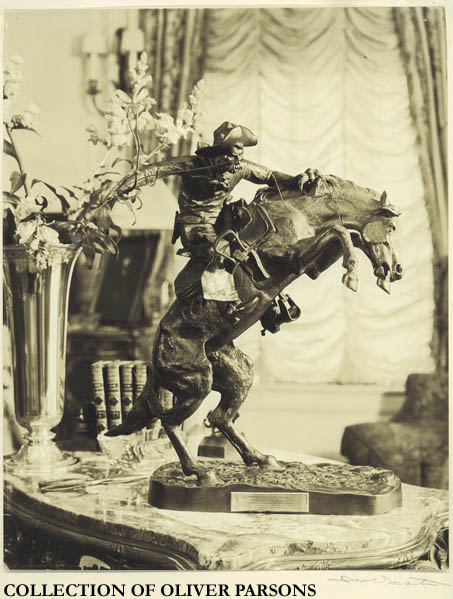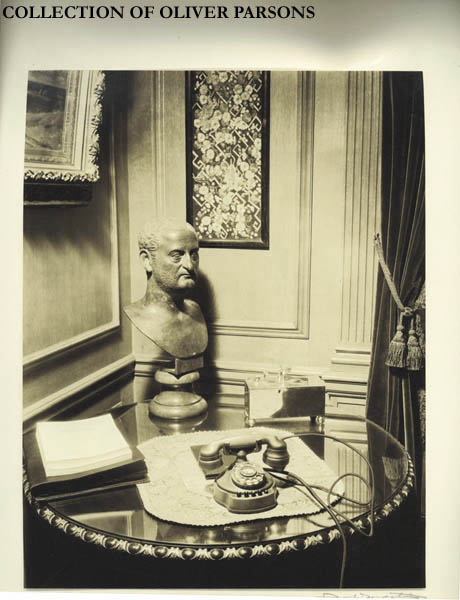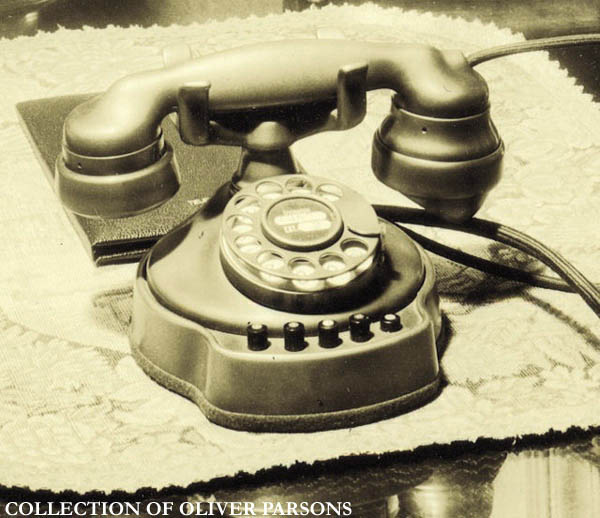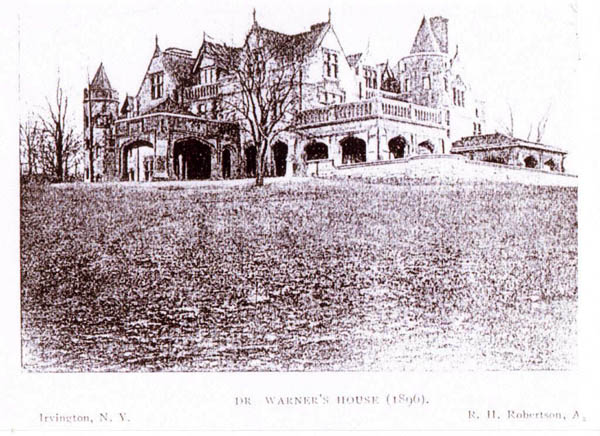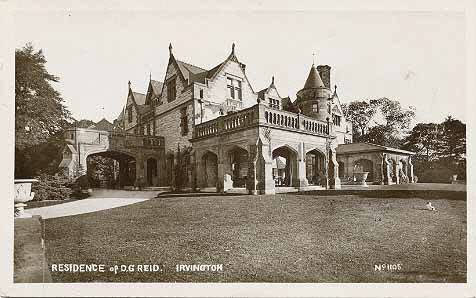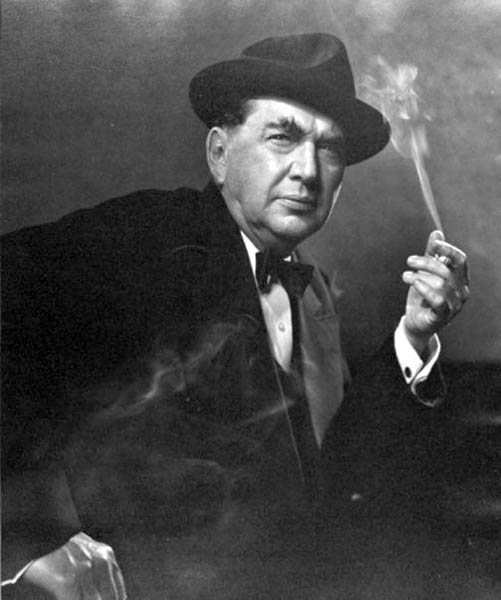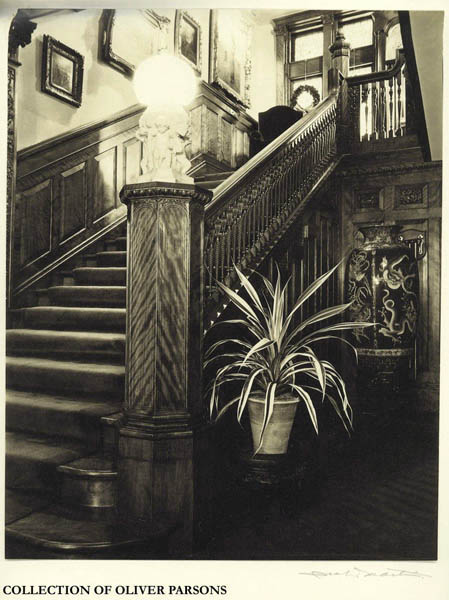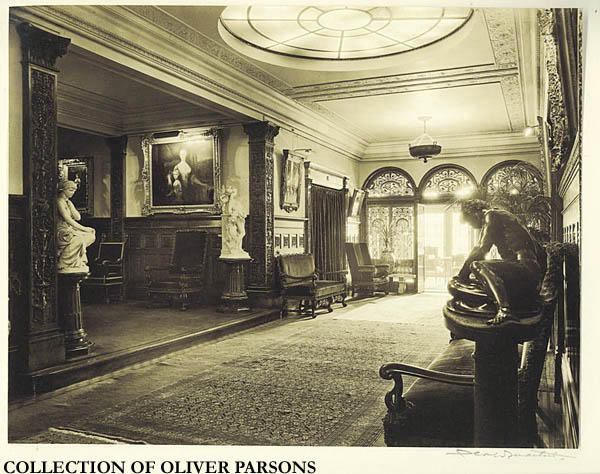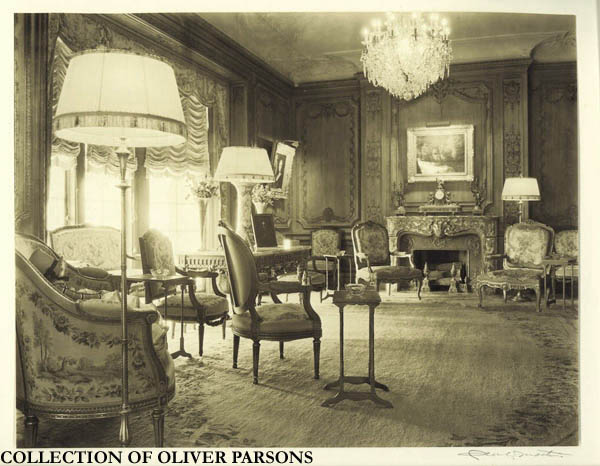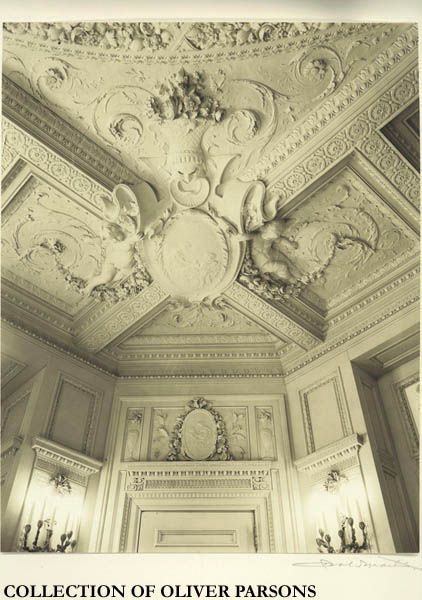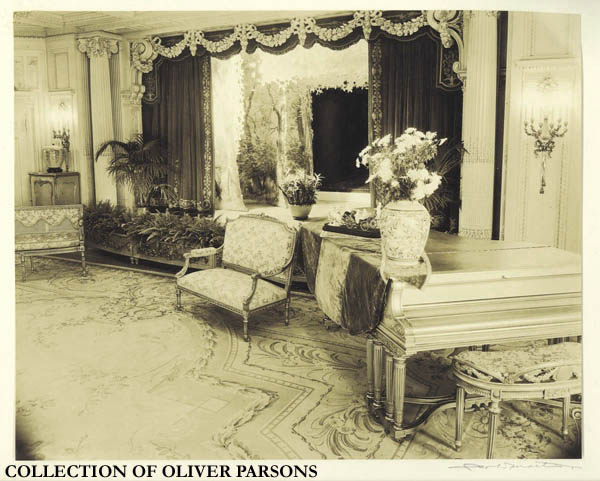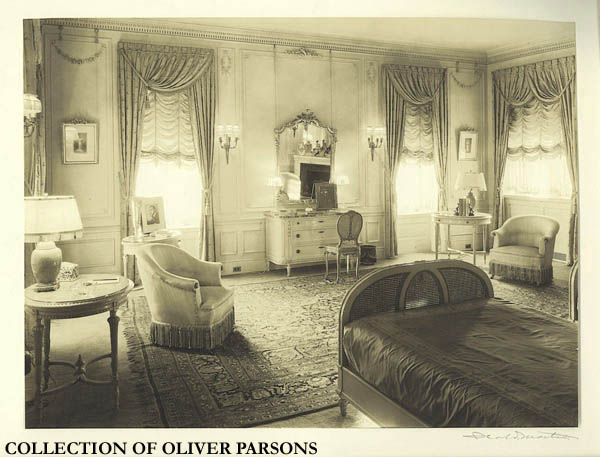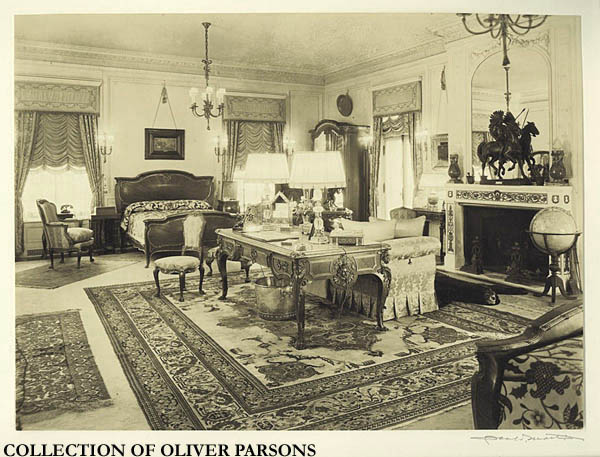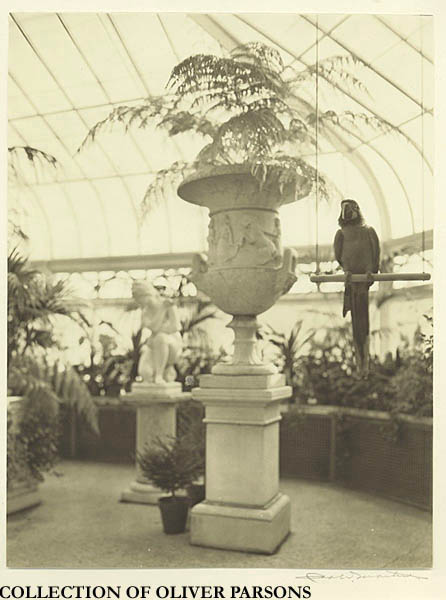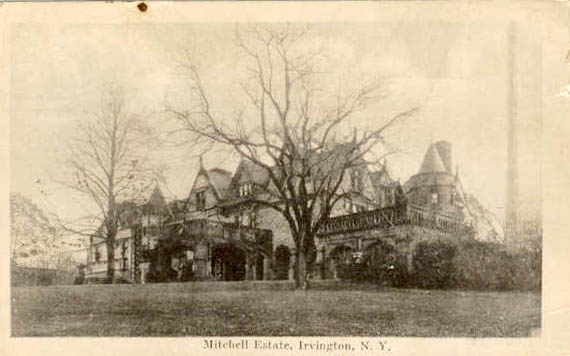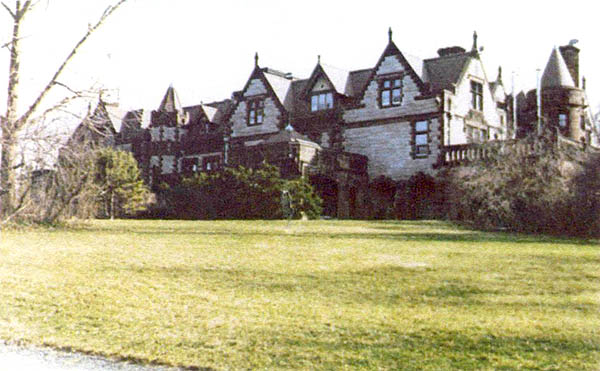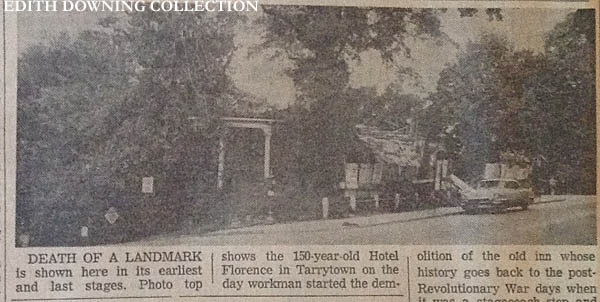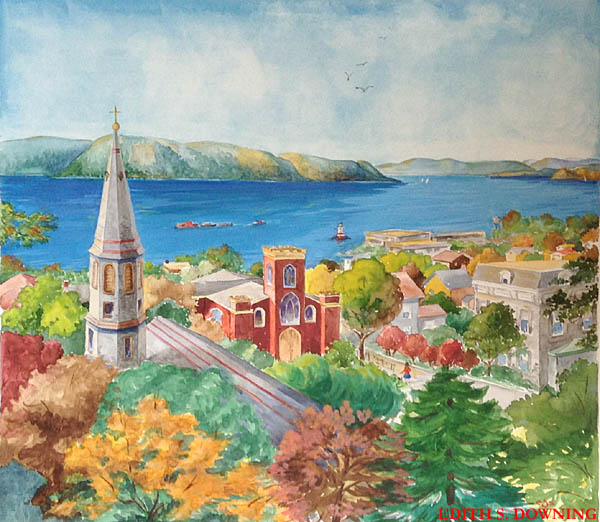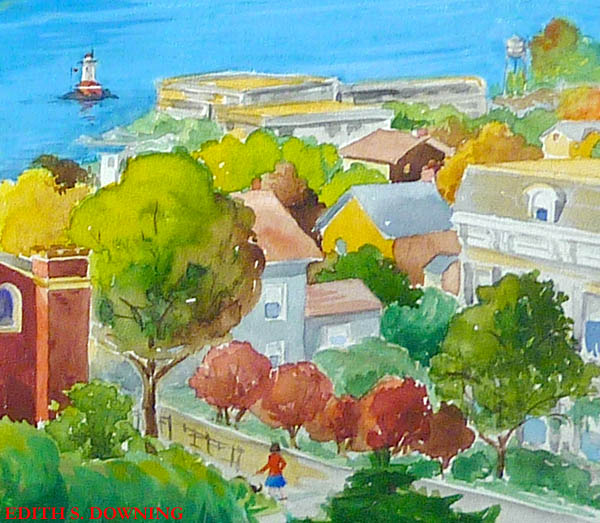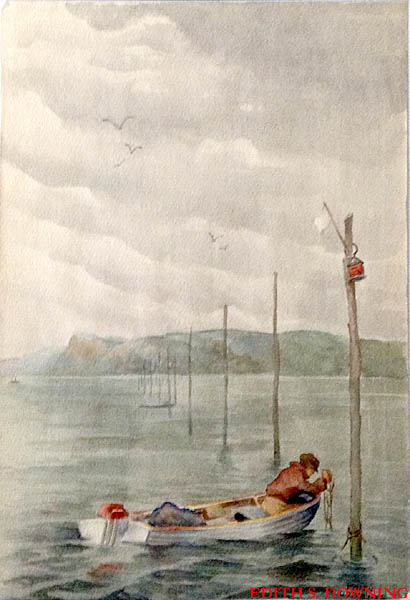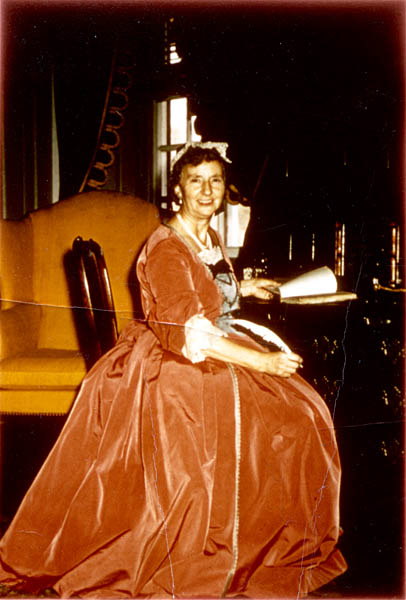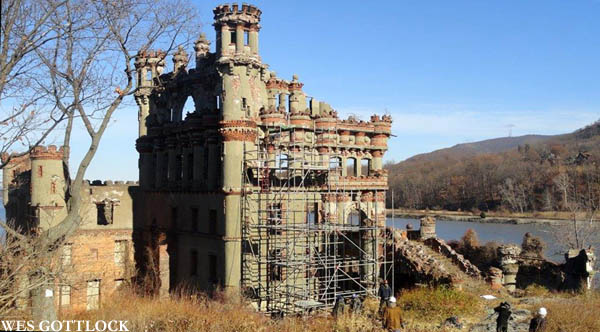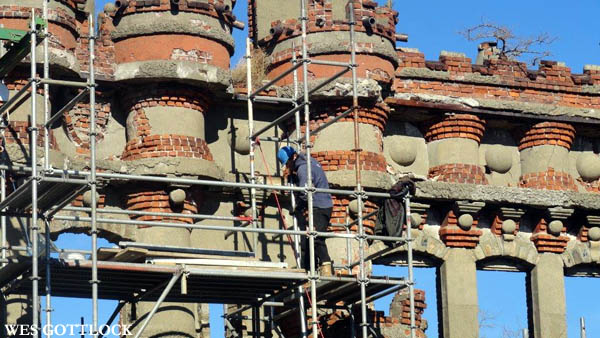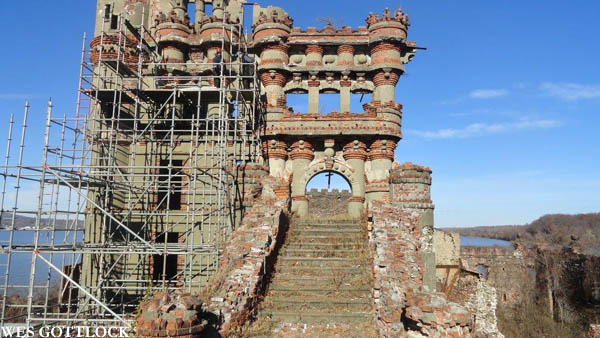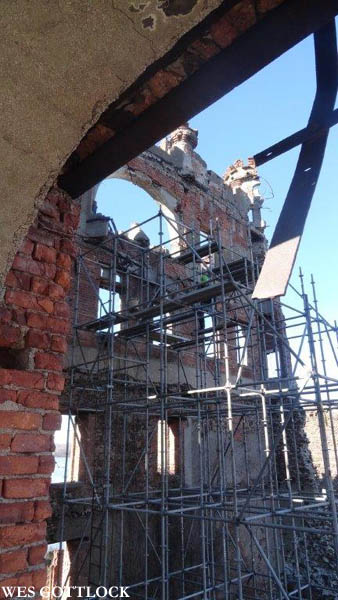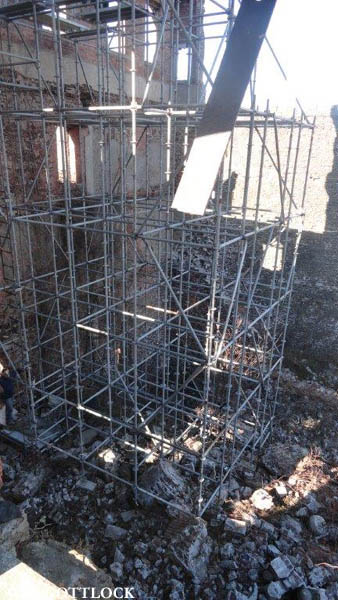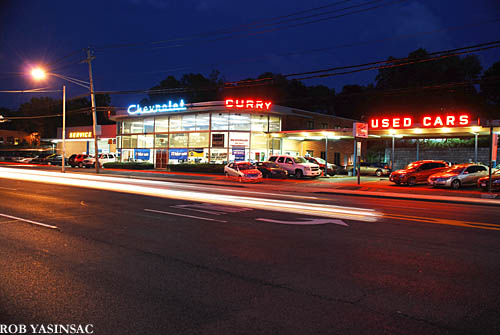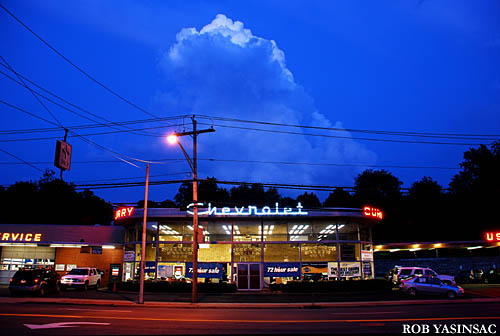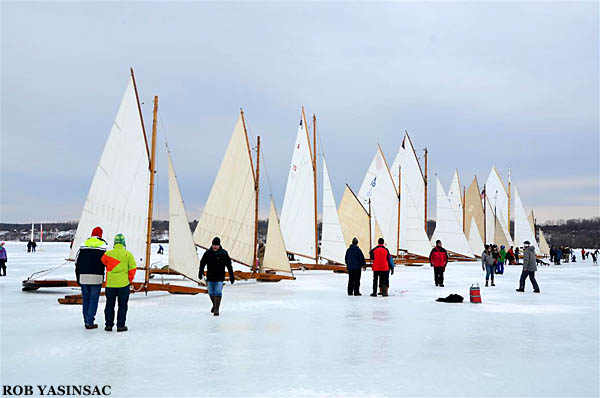
Ice yachts lined up at Astor Point, Barrytown, NY. March 2, 2014.
What a historic couple of weeks on the Hudson River! This winter’s constant freezing temperatures made it possible for the Hudson River to form a solid cover for nearly 20 miles north of Kingston and Rhinecliff. This weather was eagerly met by enthusiasts of ice yachting, a sport once practiced by the owners of the riverfront estates of Dutchess County.
Today, ice yachting is mainly reserved to lakes and ponds in New Jersey, New York, and New England. It has occurred on the Hudson River in recent years, perhaps sporadically in the last decade, but the general consensus that I heard was that the year 2004 last presented conditions that were right for this many boats to be on the Hudson for an extended period.
Ice yachts, or ice boats, don’t really resemble their warm weather cousins except for the sails that provide the bulk of their shape. The vessels are really just two crosspieces of wood and a mast. The longer beam contains a seat or pod at the end, usually with room enough for two adult passengers. (One of the larger boats had two pods.) The shorter beam has two skates on which the boat glides. A third skate is under the pod and is used to steer the boat. They may not appear to have much weight, but I was told that these yachts can weigh up to a ton or more. Reports vary, but generally I also heard that speeds of 40 miles-per-hour are easily attainable; higher wind speeds may of course drive the boats even faster.
This winter really created a time machine that enabled us to experience, in-person on the Hudson River, an activity mostly relegated to history books and museum collections. I can’t say that I knew too much about ice yachting before, especially the part about it still being in practice in the present day, but as soon as I heard this was “on”, I was there.
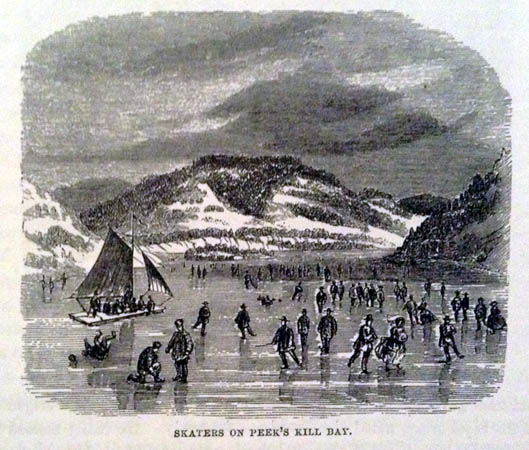
Skaters on Peek’s Kill Bay.
The Hudson, From the Wilderness to the Sea. Lossing, Benson, J. Troy, NY: H.B. Nims & Co. 1866.
Members of the Hudson River Ice Yacht Club began to pay close attention to ice conditions in late January after daily high temperatures were consistently in the 20s. Some yachts even sailed then. Mid-February brought several snow storms, interrupted by a few days of warm weather. The second storm brought snow followed by icy rain, followed by another period of freezing weather. This cycle allowed the various layers of ice/snow/ice to harden into a solid sheet about one-foot thick at Kingston-Rhinecliff. Combined with wind, these conditions presented a rare opportunity for an extended season of ice yachting on open ice.
If not for a channel cut by the US Coast Guard to allow tanker ships to travel the Hudson River, it would have been possible to cross the Hudson between Dutchess and Ulster Counties. At Kingston-Rhinecliff however, the channel is cut so near to the Ulster shoreline, that there was a vast uninterrupted sheet of solid ice. This was the playground for the ice yachts.
For the public, the official parking area was at Barrytown Dock where access to the river was provided. From the dock there was a short walk on the Hudson River to Astor Point, past the historic Edgewater mansion, one of the truly great houses on the Hudson (and still privately owned).
The Hudson River Ice Yacht Club has its home base at Astor Point, at the foot of the Rokeby estate – another great mansion that has been continuously owned, occupied, and preserved by the Aldrich family, who played gracious hosts to the ice yachting event.
Sunday March 2 was the first day I was able to attend, having been given the recent heads-up by Ray Armater, a coworker who lives in Dutchess County. There was not much wind that day, but the yachts took advantage of whatever gusts blew through. All the sailors told me how great the previous day was, with wind aplenty. Saturday March 1 also marked the re-emergence of the Rocket, one of the largest ice yachts and recently restored by the North Shrewsbury Ice Boat and Yacht Club from New Jersey.
This weekend marked perhaps the greatest convergence of so many ice yachts on the Hudson River in a long time, and the public came in large numbers to see the goings-on. After the word spread in news outlets and social media, several hundred people gathered on Sunday March 2 to see, by my estimate, maybe three dozen or so ice yachts and ice-gliders (is there a proper name for wind surfers on ice?). I thought the crowds were smaller in the following weekend, but not by much.
No doubt that most boat owners wanted to sail for themselves and take as much advantage of this rare opportunity as possible, but they generously offered rides to patient members of the public, some of whom waited a half hour or more “in line” for a ride on one boat or another. I compare a ride in an ice yacht to riding a rollercoaster – no vertical movement of course, but plenty of speed and turns – but laying flat and facing forward, and only a small wooden handrail to secure oneself. Upon exiting the ice yachts, the new riders all had great expressions and exuberant exclamations. It really could be called a thrill of a lifetime, since for many of us it was our first such experience, and who knows – it may be our last, or one that won’t happen again for a long time – a prospect all were no doubt aware of.
On Sunday the 2nd, Wint Aldrich (author of the very fine foreword to Hudson Valley Ruins: Forgotten Landmarks of an American Landscape) was kind enough to ask a favor for me of his nephew Ben Lemerle, who gave me a ride on the Rip van Winkle. It was a short ride on account of low wind speeds, but we circled the ice for a few minutes, enough time for me to savor the thrill of my first ever ride on the frozen Hudson.
On March 8 there was no wind whatsoever in the morning while I was present, but in the afternoon of Sunday March 9, the wind picked up again, and the boats were off to the races. I first secured a ride on the Cold Wave, a two-seat boat capable of taking four adults. This ride was much more exciting than my experience the week before, with greater wind speeds of course. I was almost ready to call an end to my time on the Hudson when I noticed the Vixen taking many turns and sailing for long distances, and determined myself to get on that boat. Reid Bielenberg, the Vixen’s owner, was generously taking participants on 10+minute journeys up and across the Hudson River before circling back to Astor Point. After about 40 minutes or so, I finally got my chance, and what a ride it was! A link to a short video clip from this ride is posted at the bottom of this article.
The afternoon of March 8 was considerably warm. The rising temperature combined with tracks from the yachts and skaters made for bad ice on March 9. It was still good enough for the ice yachts, but bad for ice skating. March 9 was the last day for most of the ice yachts – even warmer temperatures were predicted for the week, and the ice would no longer be safe. The Rocket and Jack Frost were being taken down just past mid-day, likely because many hands were needed to disassemble the two large boats. Other boats docked in the cove overnight, to be removed a day or two later.
Perhaps the best thing about these weekends on the frozen Hudson River was that it was good old-fashioned fun. There was no admission fee and no written rules, and common sense prevailed as far as safety on the ice and respect for the owners of the boats and members of the clubs. There was no official merchandise, and no need to “buy into” anything the way professional sports are followed, and just by being on the ice it felt as if history was being made.
For those of us in the Hudson River community, it was great to see many friends and familiar faces, and to make new friends too. It was an experience I was excited and grateful to have participated in, and I sure hope that many more snowy, cold winters lay ahead, with them more opportunities for ice yachting!
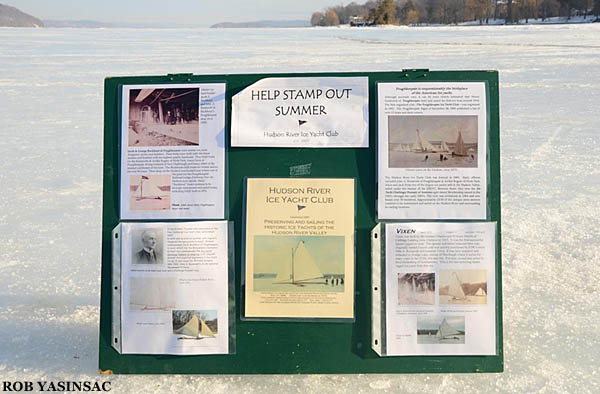
Help Stamp Out Summer!
LINKS:
Hudson River Ice Yacht Club (HRIYC)
2014 Hudson River Ice Conditions Reports, compiled by the HRIYC
US Coast Guard Aerial Survey of Ice Conditions for March 6, 2016 – Page 17 shows a solid sheet of ice at the Kingston-Rhinecliff Bridge
White Wings and Black Ice – A blog dedicated to 2014’s ice yachting on the Hudson River.
North Shrewsbury Ice Boat & Yacht Club
A number of news outlets reported on this ice yachting spectacle. Curiously, the Poughkeepsie Journal News and the Kingston Freeman are absent from this list. Perhaps due in part to the decline of local news coverage in newspapers and concurrent outsourcing to national outlets (My local newspaper, the Journal News of Westchester County, has sadly become a near carbon-copy of USA Today).
MSN – Photo Gallery
MSN – Video
Forbes – Article and Video
NBC Nightly News – Video Report
The New York Times – Article, 2014
The New York Times – Article and Slide-show, 2013
The New York Times – Article, 2009
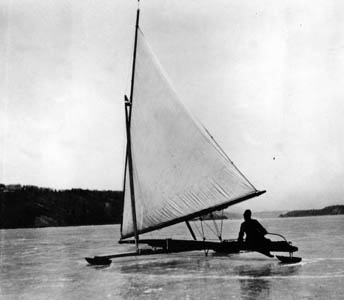
Franklin D. Roosevelt on ice yacht, Hawk, in Hyde Park. 1905.
Franklin D. Roosevelt Presidential Library and Museum, sourced from Hudson River Valley Heritage.
Historic Ice Yachting on the Hudson River – Newspaper search results for “ice yacht” at the Hudson River Valley Heritage website.
Historic Ice Yachting on the Hudson River – Photographic search results for “ice yacht” at the Hudson River Valley Heritage website.
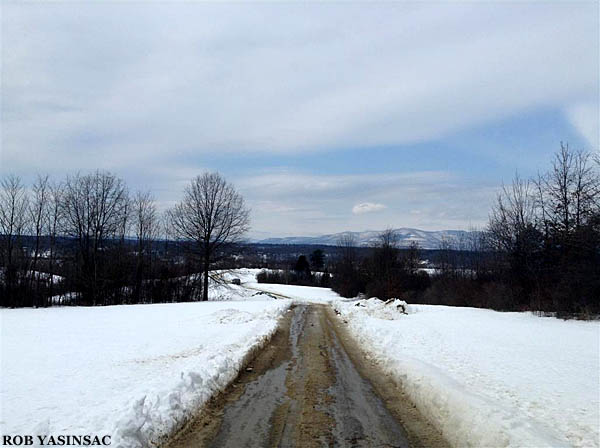
The driveway to Astor Point. March 2, 2014.
This weekend the road was wide enough for a car and a half, and surrounded by a foot and a half of snow. Following the deluge of visitors, the road was plowed and widened for the next weekend.
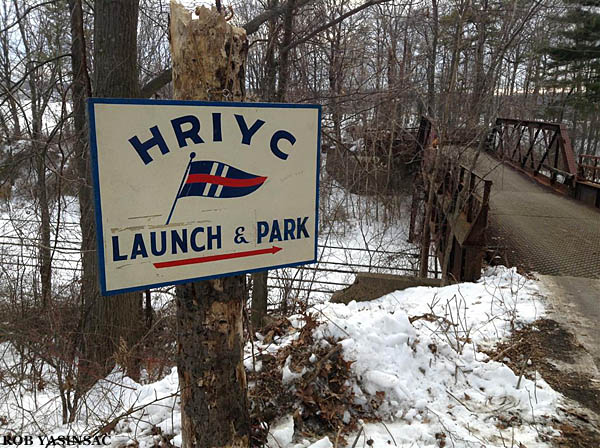
Bridge over the railroad tracks to Astor Point.
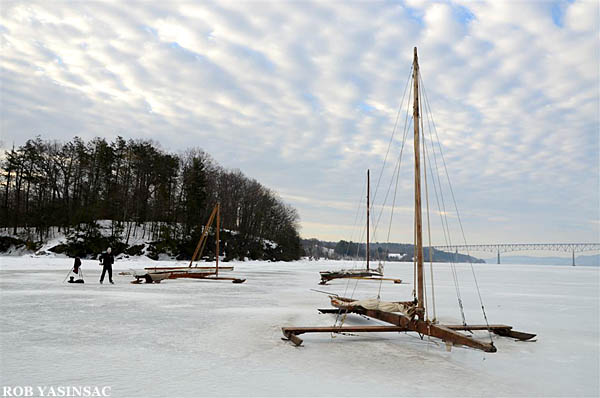
7am, March 8, 2014.
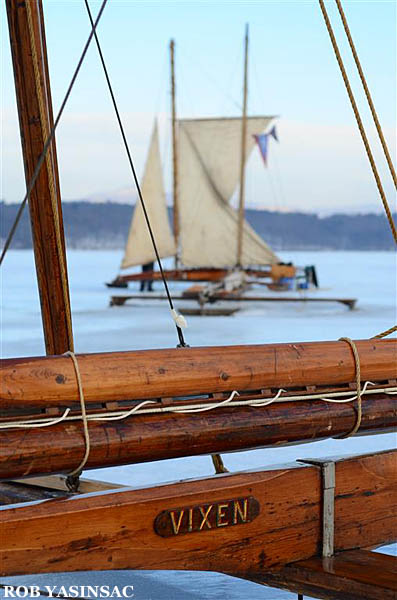
The Vixen.
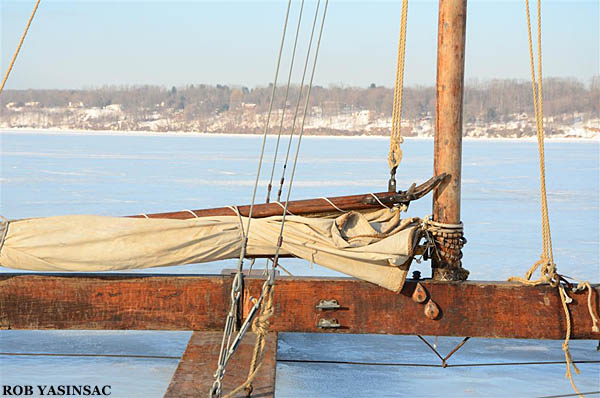
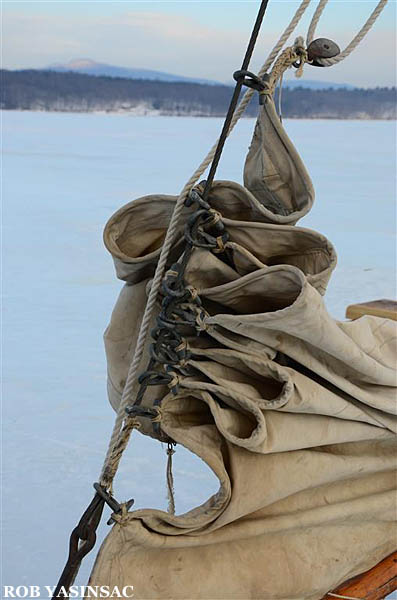
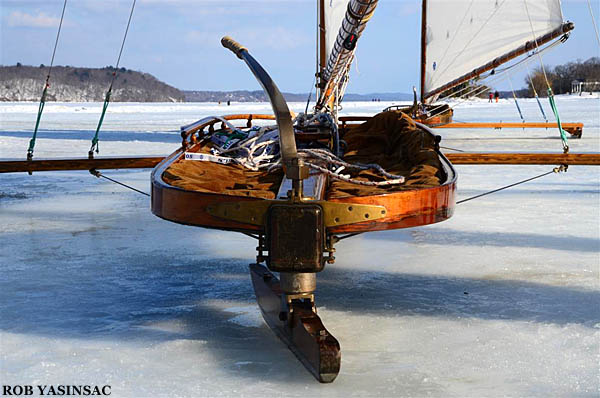
Ariel. This oval “pod” is where the “ice sailors” lay. The skate below is used to steer the boat.
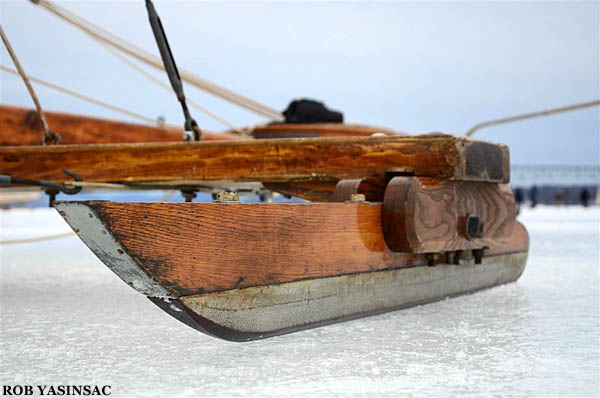
A side-skate, The Hound.
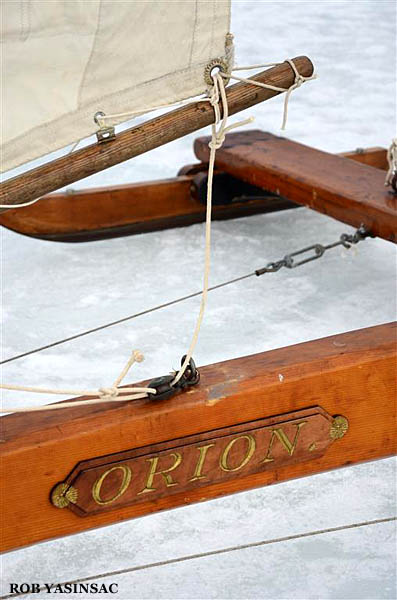
Orion.
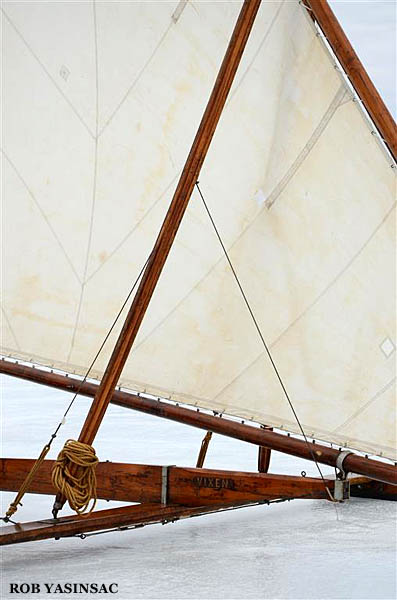
The Vixen.
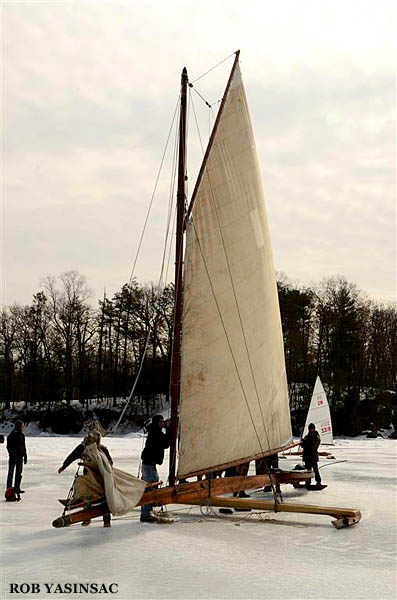
Raising sails on the Rip van Winkle.
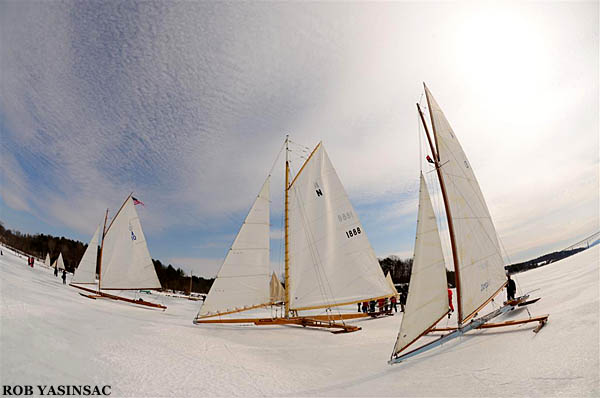
Rocket (center) and Georgie II (right).
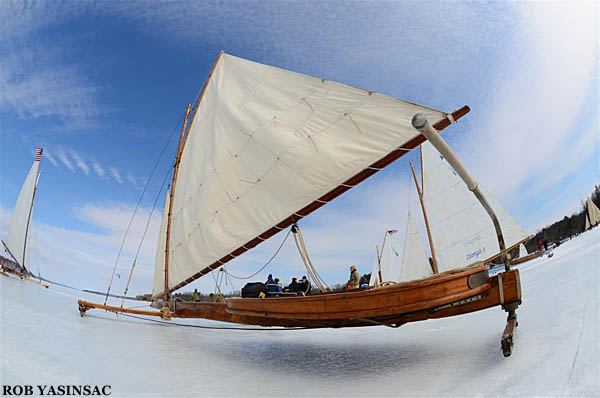
The Hound.
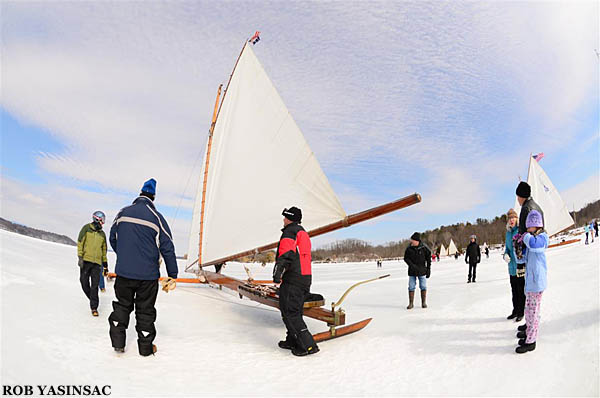
Getting ready to sail.
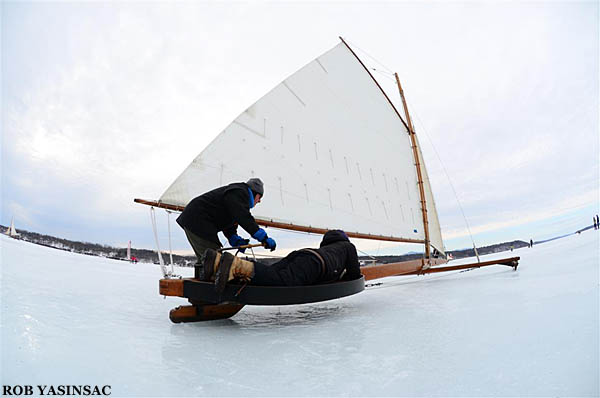
Setting forth.
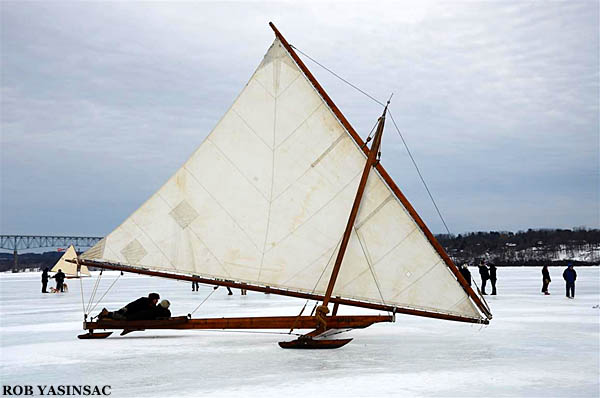
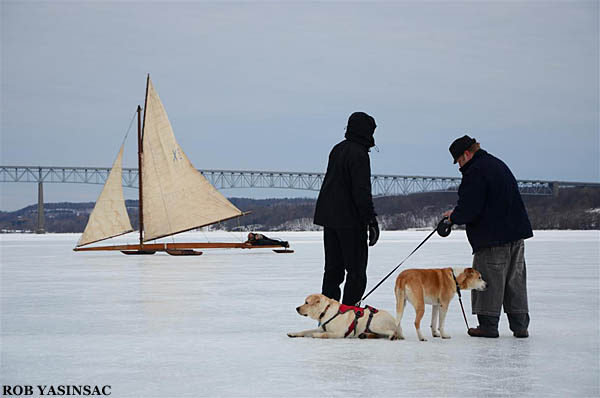
The North Wind.
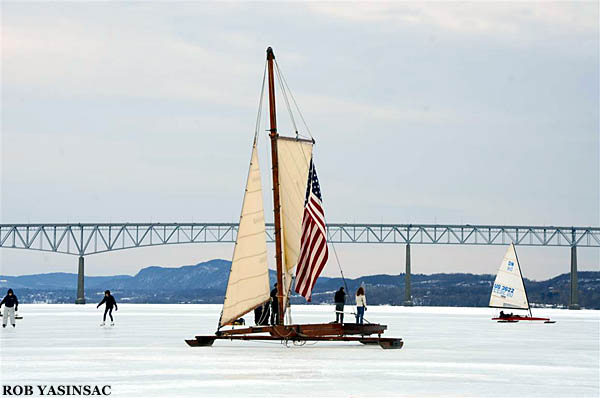
Looking towards the Kingston-Rhinecliff Bridge.
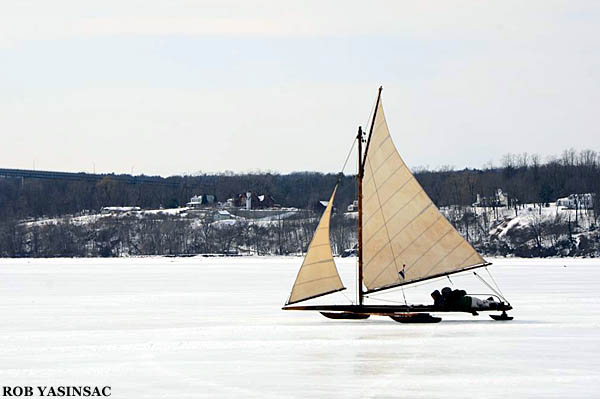
Ulster Landing is the backdrop of this photograph.
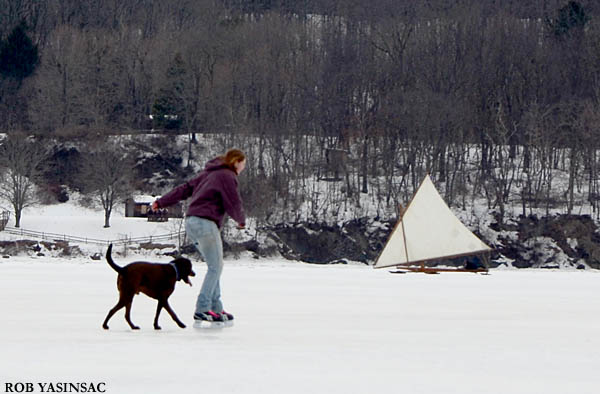
Ice-skating was also popular. The ice was very good south of Astor Point on March 2, and across an even broader area on March 8.
I don’t think I even allowed myself to imagine the possibility of one day being able to skate on the Hudson River, let alone all way the way across it (er, out to the shipping channel, which was pretty close to the Ulster County shore). Ice boats or not, skating on the Hudson River was itself a major thrill for me.
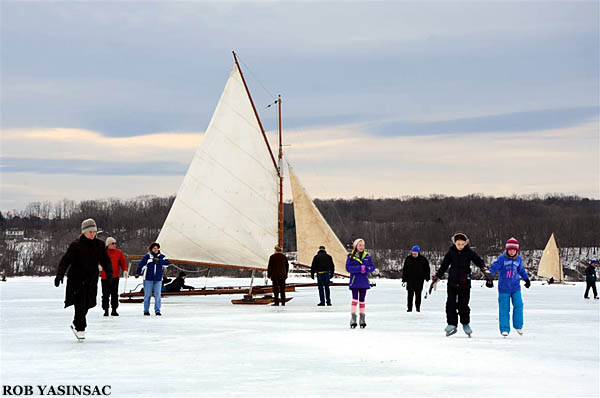
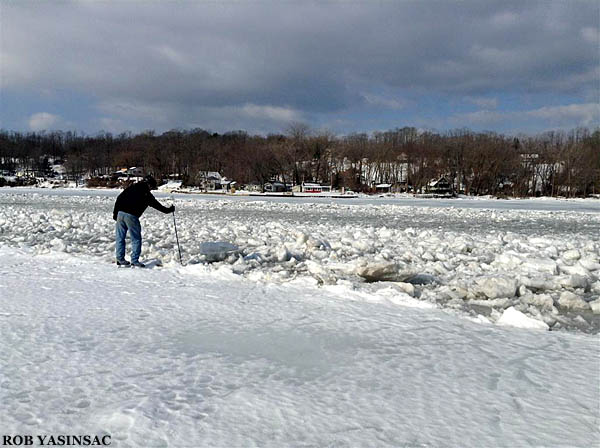
Checking the ice at the edge of the shipping channel.
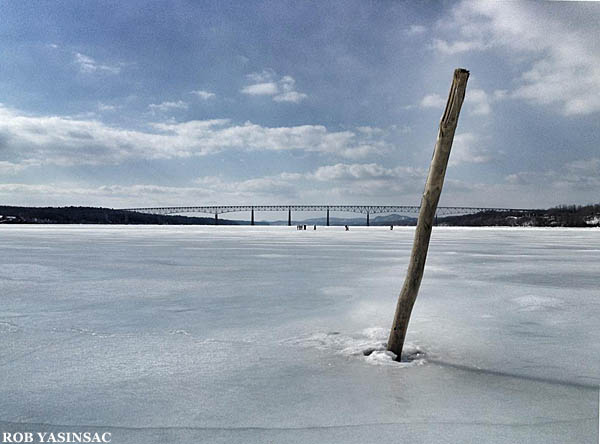
Random stick in the ice.
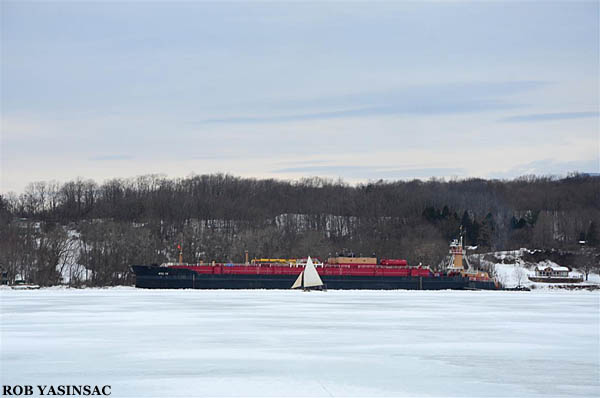
Racing a tanker (Tanker RTC-PO?).
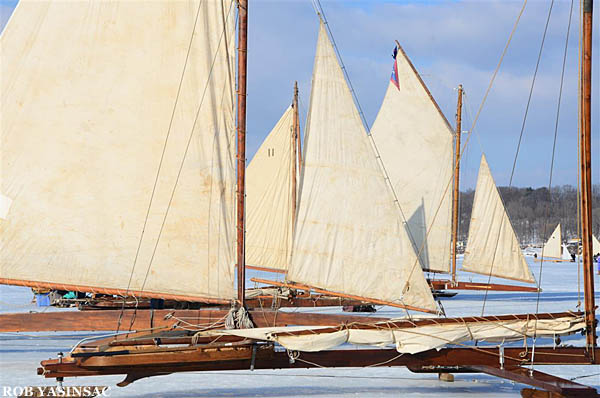
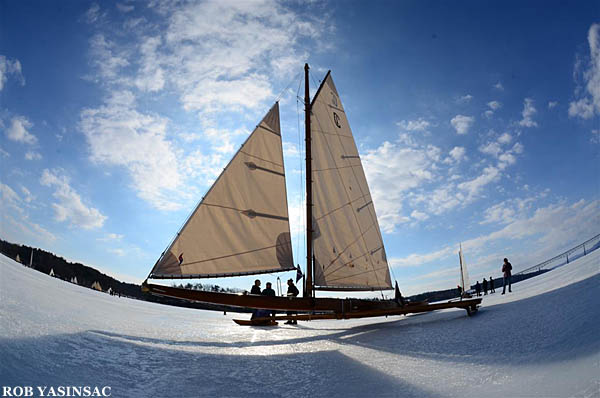
The Cold Wave.
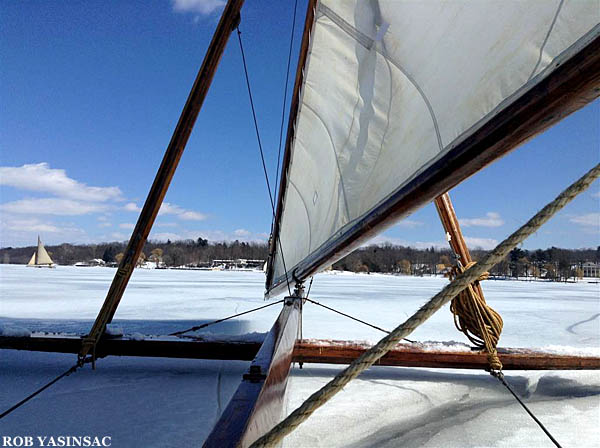
Two views from the seat of the Vixen.
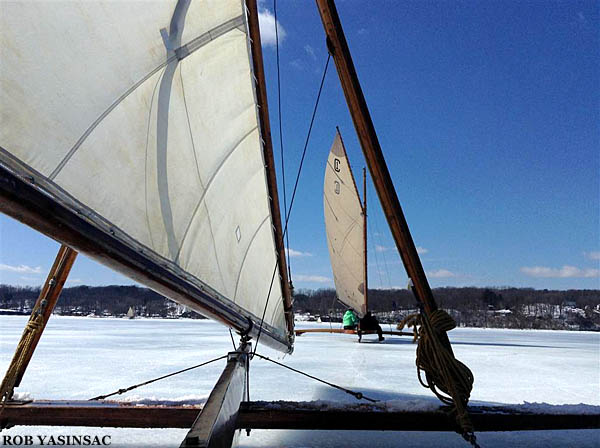
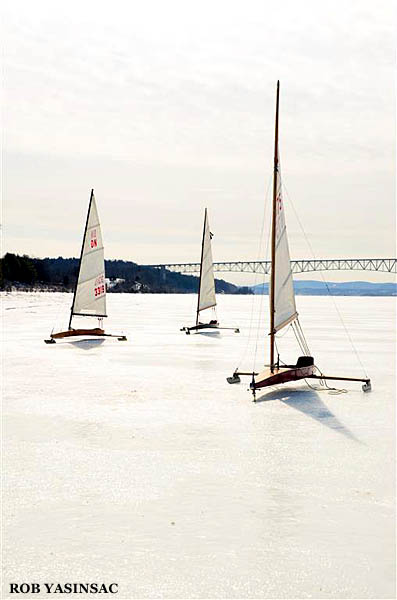
Modern boats mixed with the older vessels.
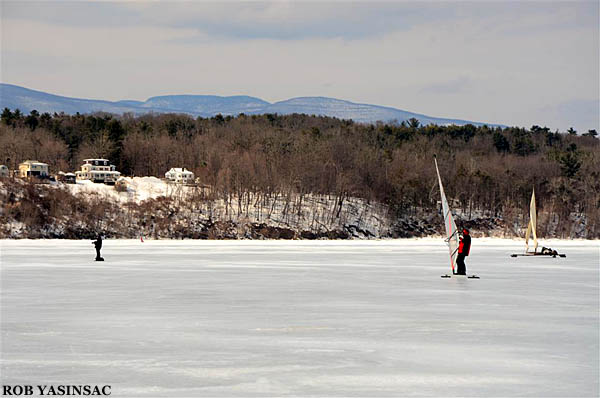
Wind-surfers joined in as well.
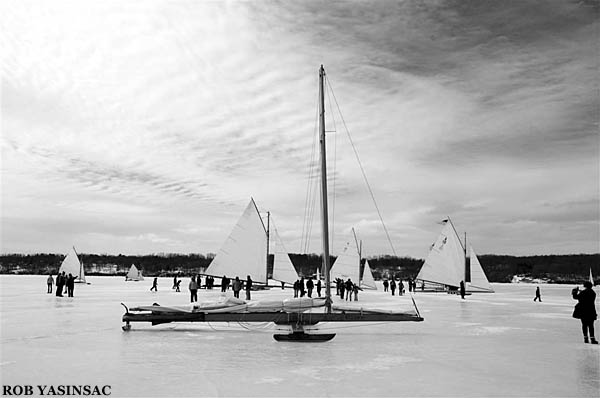
Some black-and-white.
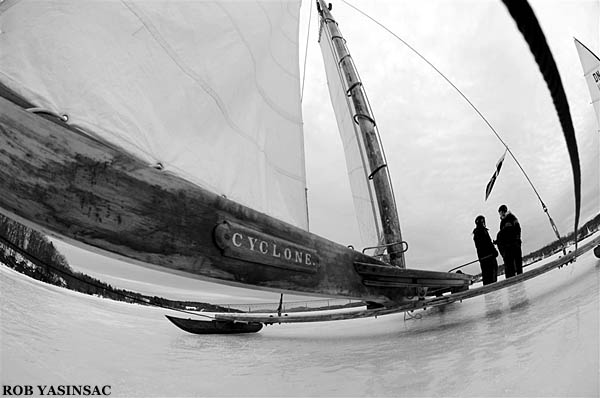
The Cyclone.
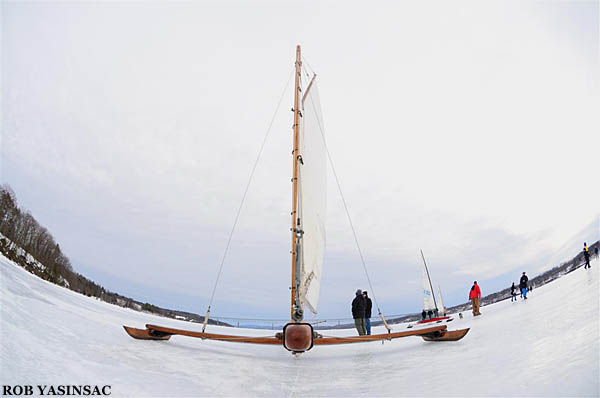
I really liked the shapes of the vessels and found them to cut very photogenic figures from all angles.
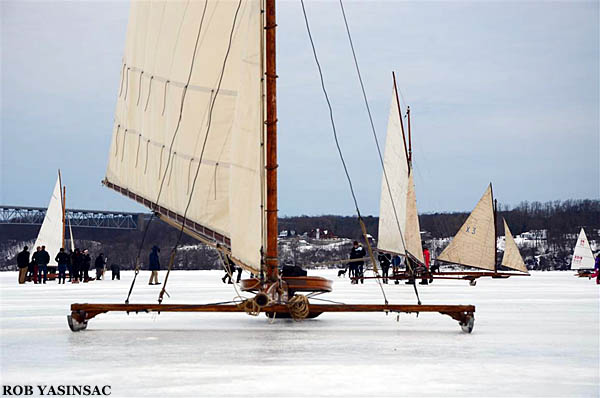
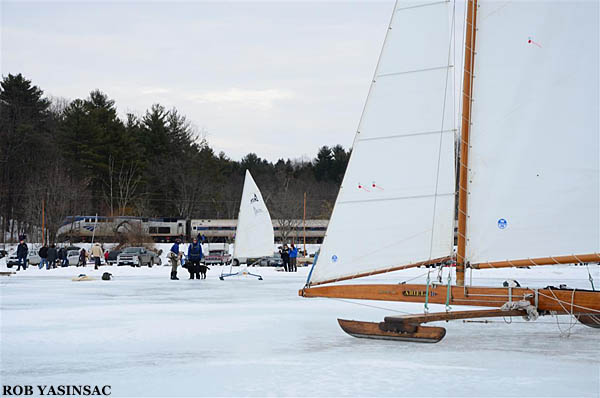
Amtrak trains rolled past the scene, their horns blown long and loud to alert persons walking the tracks from Barrytown. I wonder how many passengers took note of this rare sight outside their windows.

Looking across to Ulster County and the Catskill Mountains.
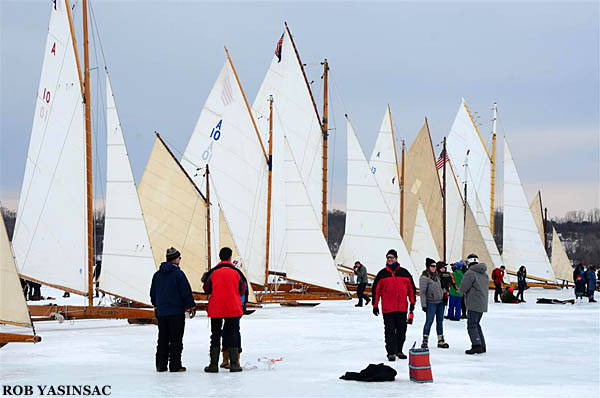
The boats lined up mid-day Sunday afternoon for lunch break and to await the next gusts of wind so they could race again. This many boats gathered in one place on the ice was a most-historic spectacle.
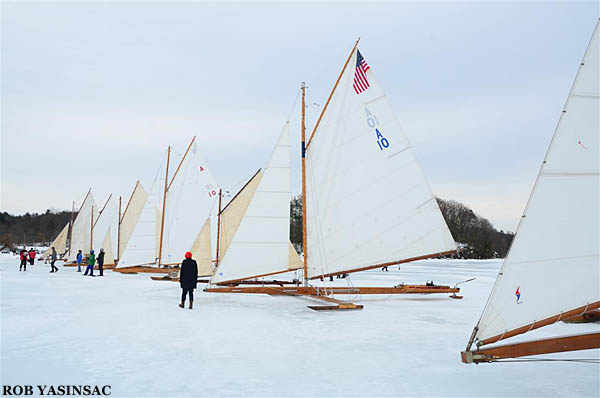
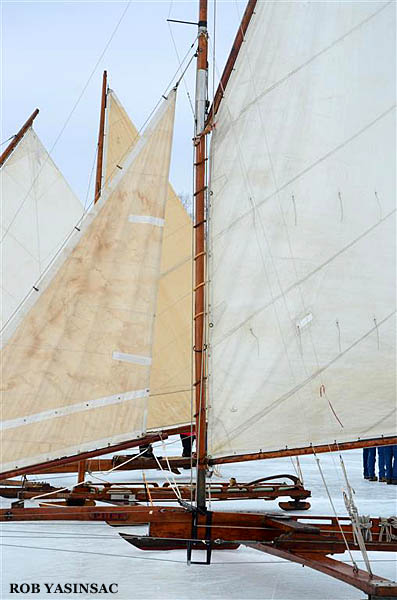
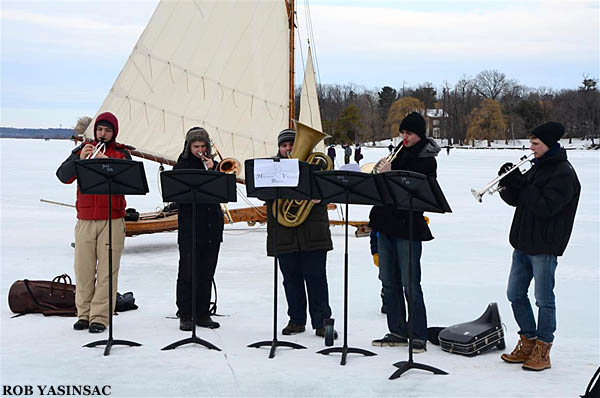
About 2pm or so on Sunday March 2, the Hudson Valley Brass ensemble arrived and performed for the assembled crowd.
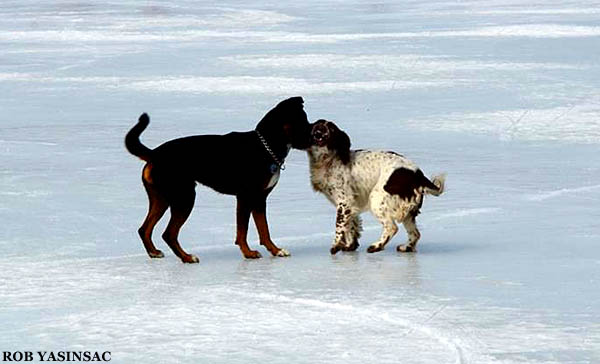
Many new friends were made on the ice.
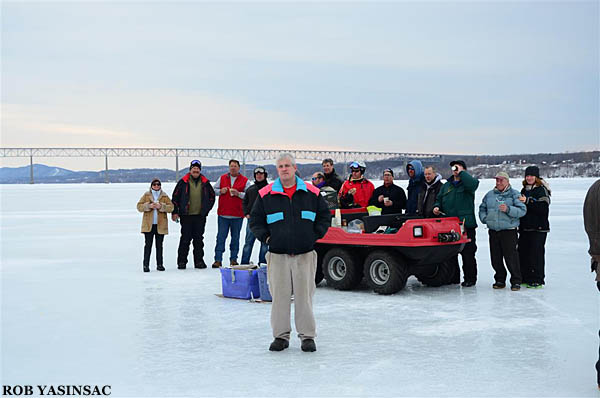
The chef brought food out on an ATV for club members.
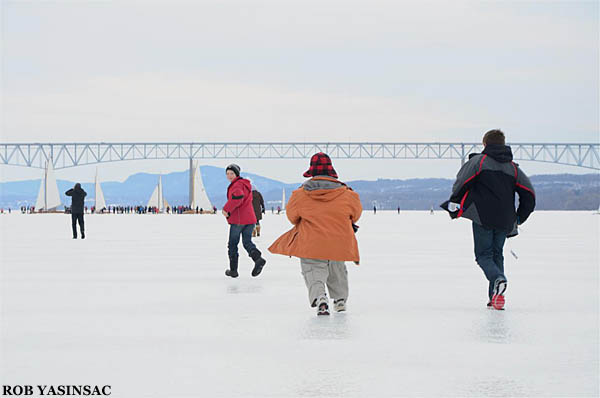
Running down the ice from Barrytown to join the festivities.
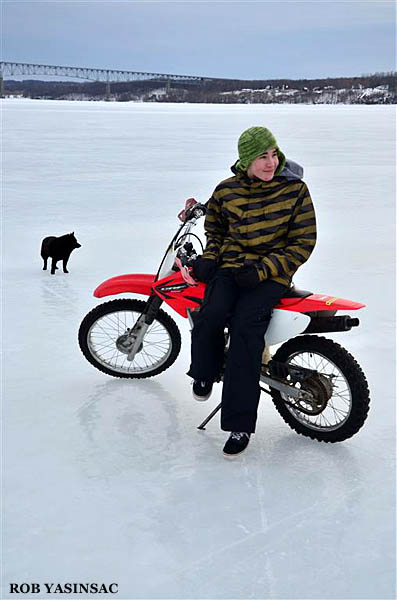
I’m not sure that dirtbike was the most effective way to get to Astor Point from Barrytown, but this young fellow thoroughly enjoyed his adventure.
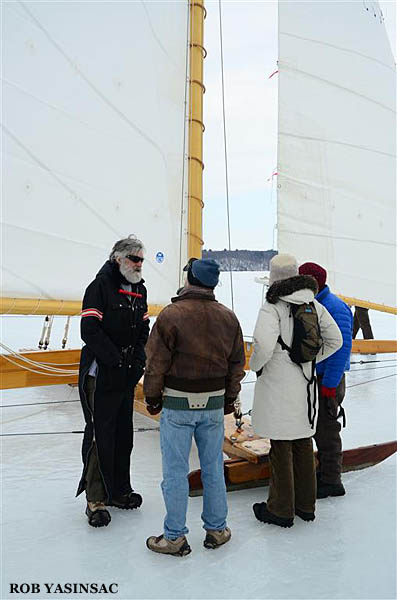
The ice sailors, yacht owners and/or club members, all were generous with their time and expertise with the curious and amazed public, some of whom were lucky enough to snag rides when the opportunities arose.

All lined up with the Kingston-Rhinecliff Bridge as backdrop.
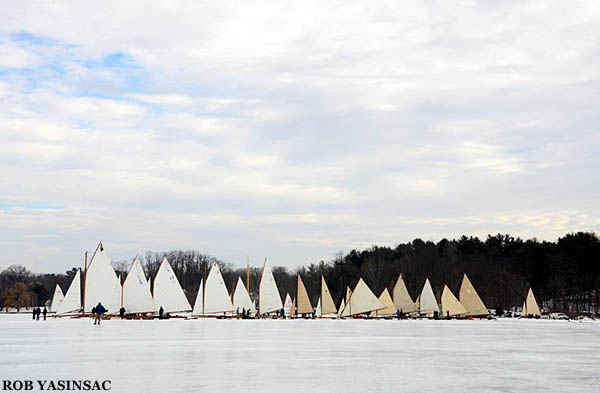
View towards Astor Cove, March 8, 2014.
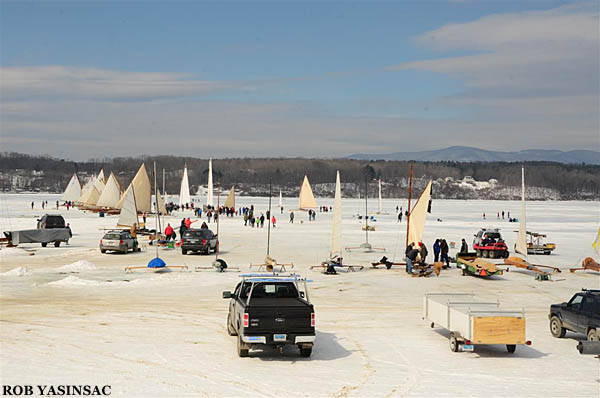
View of Astor Cove. March 8, 2014.
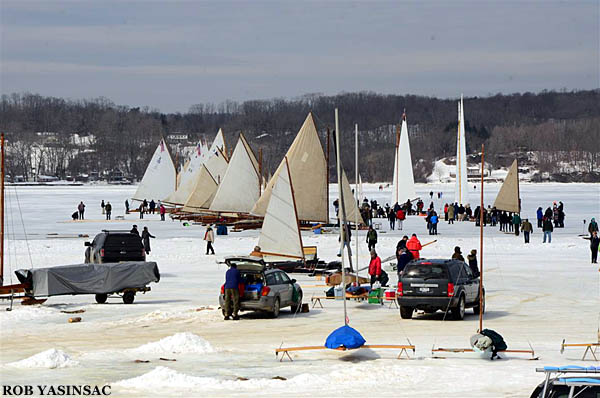
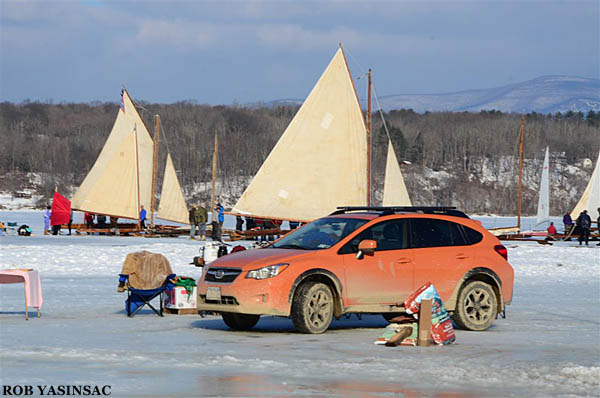
Clearly, an advertisement for an automobile manufacturer, or an outdoor lifestyle company. (Photo concept credit: Tom Rinaldi. We often “borrow” each other’s ideas.)
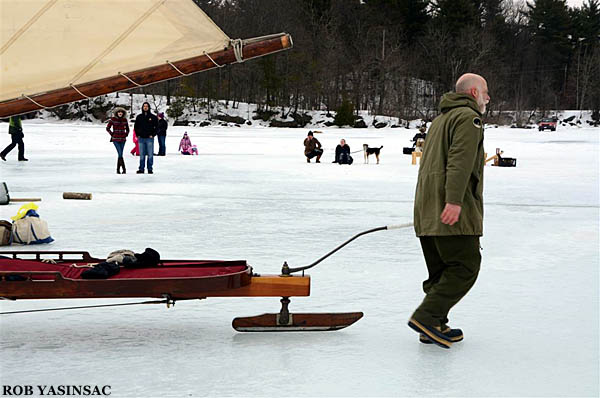
Hauling in.
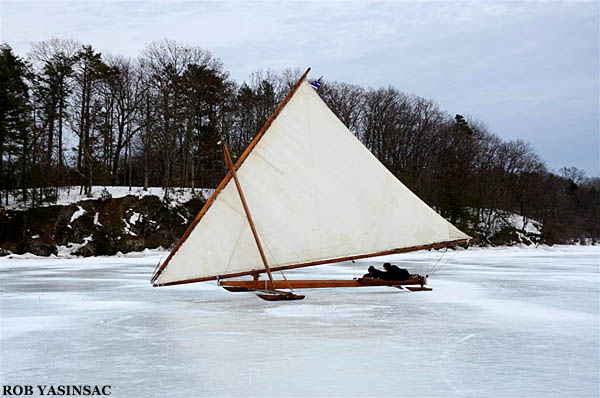
A late-afternoon ride comes to an end.
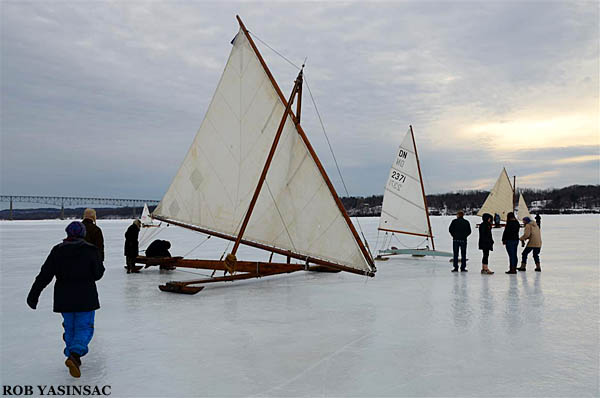
A few hardy sailors stayed out til sunset.
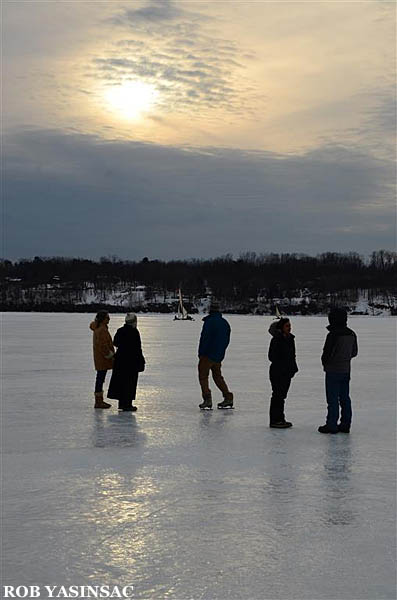
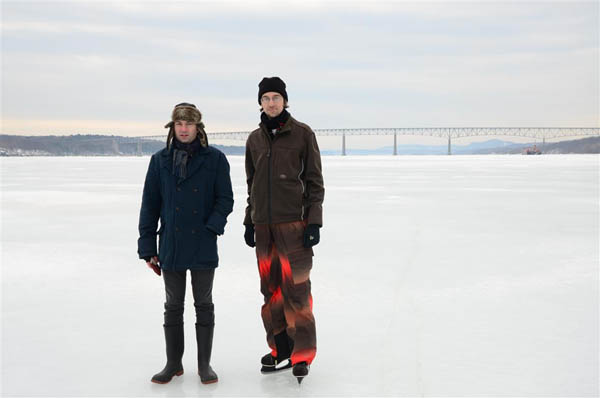
Rinaldi & Yasinsac on the ice. Photo by Stephanie LaRose Lewison.
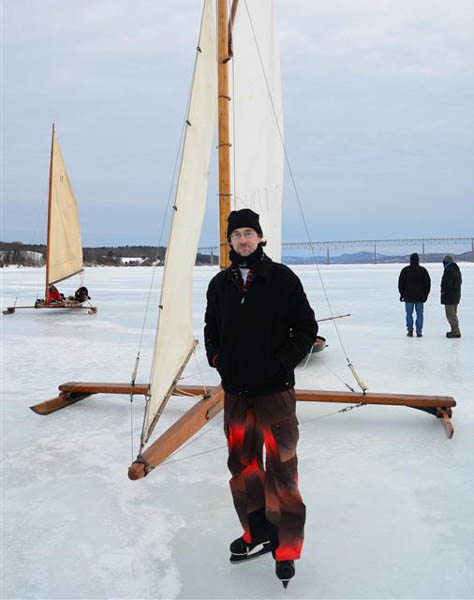
Yours truly, rocking some well-commented-upon snow pants.
VIDEO LINKS
I have posted to my Vimeo account several videos from the two weekends. These are raw videos, not edited in anyway. They are simply documents of what it was like to watch the yachts glide across the ice. Their shapes and their swift movements made me think of so many insects hovering around a pond in summer.
If your computer speakers are on, you may want to turn down the volume, as mostly you will just hear the blasting wind.
View towards Edgewater estate and Barrytown Dock (#5336)
View Towards Kingston-Rhinecliff Bridge (#5335)
Looking North (#5332)
View toward Ulster County (#5331)
A Boat Glides By (#6093)
A Ride on the Vixen (#6299)




